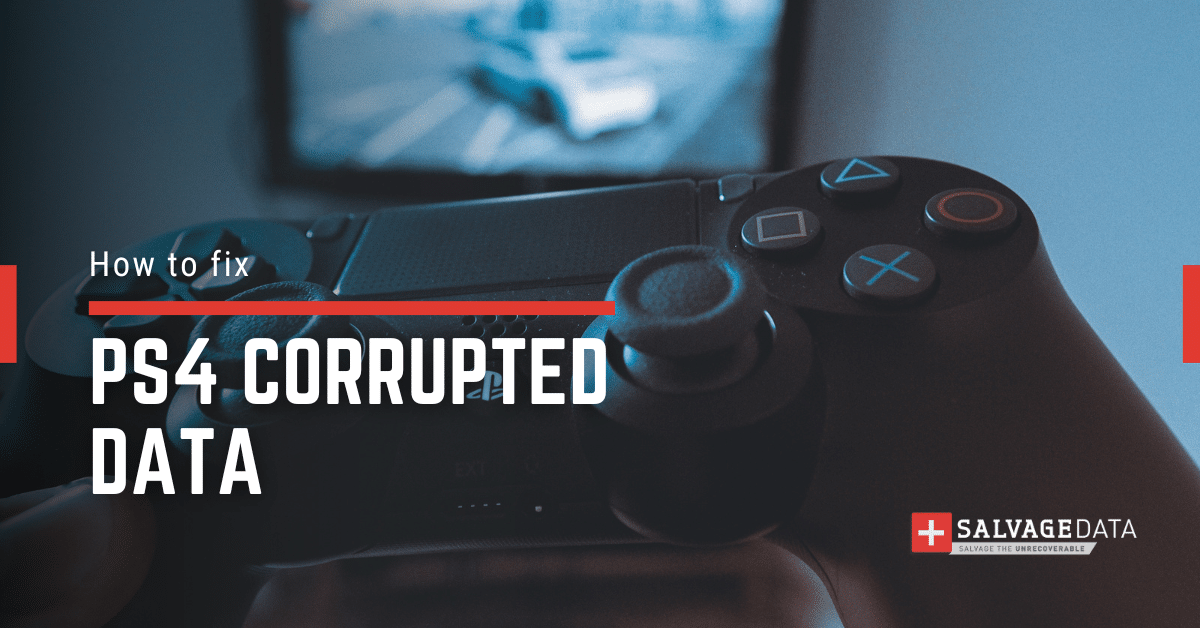Recent Articles
Quickest Mobile Data Recovery Case: 100% of Data Recovered in One Hour
How to fix a corrupted database on PS4
How to Troubleshoot Black or Blank Screens in Windows
LockBit Ransomware: A Comprehensive Guide to the Most Prolific Cyber Threat
How To Use iPad Recovery Mode
How to Prevent Overwriting Files: Best Practices
External Hard Drive Not Showing Up On Windows – Solved
How to Fix a Corrupted iPhone Backup
Backup and Remote Wiping Procedures
Common VMware Issues and Troubleshooting Solutions

I think there's an issue with my storage device, but I'm not sure Start a free evaluation →
I need help getting my data back right now Call now (800) 972-3282
Hyper-V is Microsoft’s native hypervisor platform, providing virtualization capabilities for running multiple virtual machines (VMs) on a single physical machine. Users can create, configure, and manage VMs through Hyper-V Manager or PowerShell commands.
Hyper-V backup refers to the process of backing up virtual machines (VMs) running on Microsoft’s Hyper-V hypervisor platform. This process involves creating copies of VM data, including operating system files, application data, and configurations, to protect against data loss, corruption, or disaster.
Overall, Hyper-V backup is critical to ensuring data protection and disaster recovery for virtualized environments. Organizations can minimize the risk of data loss and maintain business continuity by implementing robust backup strategies and leveraging backup solutions tailored for Hyper-V.
What is hyper-v backup
Hyper-V backup typically captures the entire state of virtual machines, including virtual hard disks (VHDs), virtual machine configuration files, snapshots, and other associated files.
Hyper-V backup can be performed at the host level or guest level.
- Host-Level Backup. In host-level backup, the backup is performed at the hypervisor level, capturing the entire VM state from the Hyper-V host.
- Guest-Level Backup. In guest-level backup, backup agents are installed within each VM, allowing for more granular control over backup settings and application-consistent backups.
How to backup Hyper-V
Windows Server provides a built-in backup tool called Windows Server Backup that can be used to perform basic backup and recovery tasks, including backing up Hyper-V virtual machines.
It’s important to note that while Windows Server Backup provides basic backup functionality, it may not offer advanced features like application-aware backups or granular recovery options. Depending on your organization’s requirements, you may need to use third-party backup solutions for more comprehensive Hyper-V backup and recovery capabilities.
Step 1. Install Windows Server Backup
If Windows Server Backup is not already installed, you’ll need to add it using the Server Manager.
Go to Manage > Add Roles and Features
Follow the wizard to install the “Windows Server Backup” feature.
Step 2. Configure backup destination
Configure a backup destination such as a local disk, external USB drive, or a network share. The destination must have enough free space to store the backup, so check the size of the files before starting the process.
Step 3. Launch Windows Server Backup
From the Start menu, type “Windows Server Backup” in the search bar to open the feature.
Step 4. Select Backup Once or Backup Schedule
Choose which frequency of backup you wish to perform:
- Backup Once: If you want to perform a one-time backup.
- Backup Schedule: This option allows you to configure the backup schedule as desired if you want to schedule regular backups.
Step 5. Select backup type
- Full Server: Selecting this option will back up the entire server, including system state, applications, and data.
- Custom: Choose this option to select specific items to back up, such as Hyper-V virtual machines. Go to Hyper-V and select the virtual machines you want to include in the backup.
Step 6. Review the Retention Policy and start the backup
Set the retention policy to specify how long backups should be kept and review the backup settings. Click the Backup button to begin the process. You can monitor the backup’s progress in the Windows Server Backup console.
Once the backup is complete, verify that the files are successfully stored in the specified destination. You can also test the recovery process by restoring a virtual machine from the backup to ensure that it works as expected.
Third-party software backup
Third-party solutions often provide a more comprehensive range of features compared to Windows Server Backup, such as sending backups to cloud storage for disaster recovery purposes.
Choosing the right backup software depends on your specific needs and budget. Consider factors like:
- Number of VMs to backup
- Desired features (replication, cloud storage, etc.)
- Scalability requirements for future growth
- Ease of use and management complexity
Researching these options and their feature sets will help you select the most suitable third-party backup software for your Hyper-V environment.
Hyper-V backup recovery
Entire VMs can be restored from backups to their original or alternate locations. Some backup solutions provide application-specific recovery options for databases, email servers, and other applications running within VMs.

You can also resort to backup management tools. These tools provide centralized control and monitoring of Hyper-V backup operations. They also allow administrators to schedule backups, monitor backup jobs, configure retention policies, and perform recovery operations from a single interface.
If you need help restoring your Hyper-V backup files, contact SalvageData for an emergency VM data recovery service.













